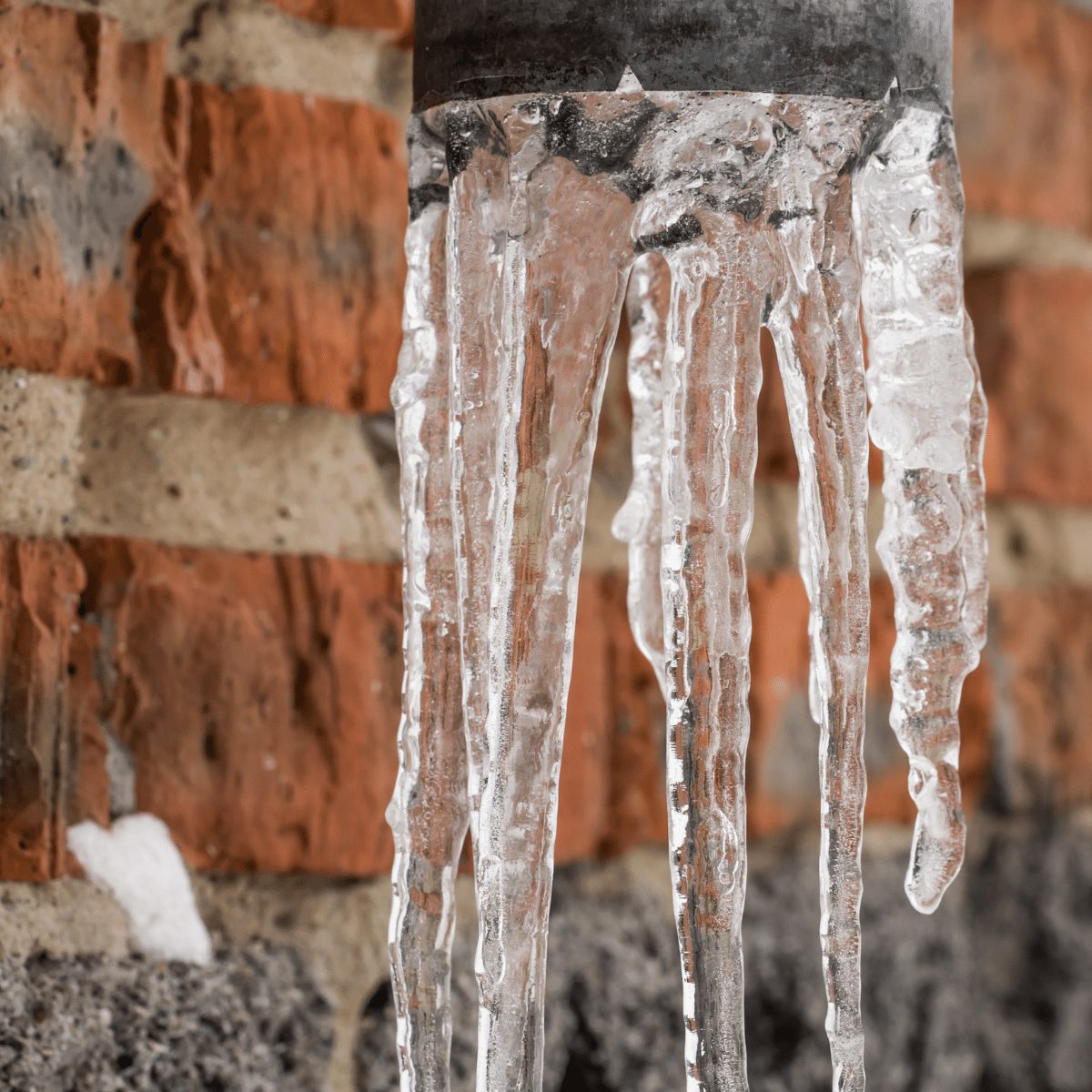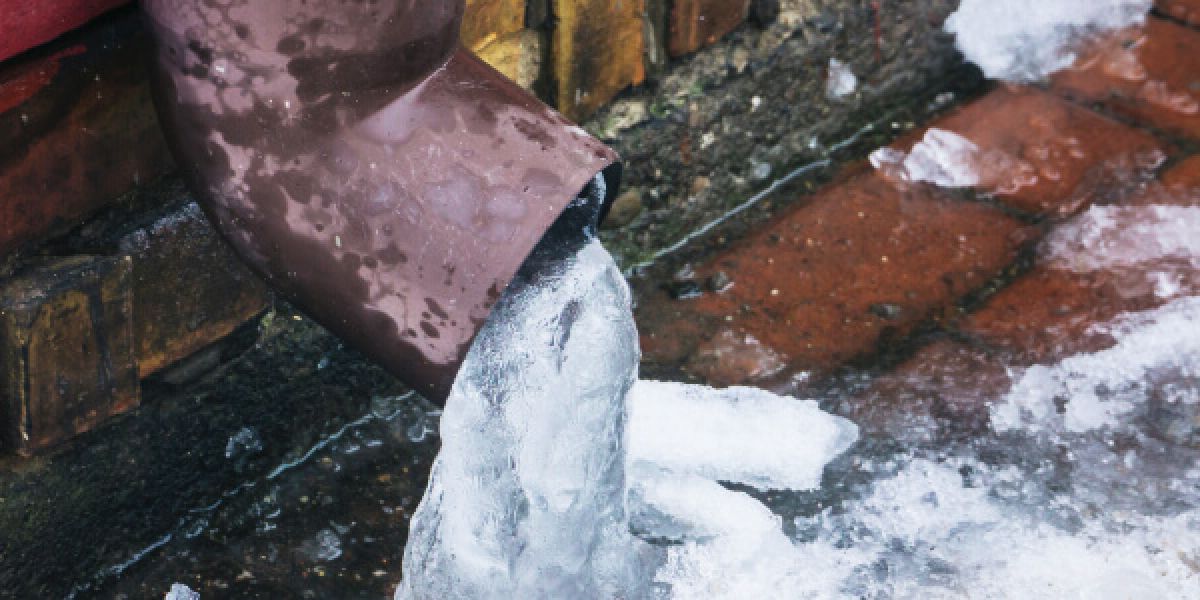Shielding Your Pipes from Cold Weather Issues: Key Tips
Shielding Your Pipes from Cold Weather Issues: Key Tips
Blog Article
Just about every person has their personal rationale when it comes to How to prepare your home plumbing for winter weather.

Cold weather can ruin your pipes, specifically by freezing pipelines. Right here's just how to prevent it from taking place and what to do if it does.
Intro
As temperature levels drop, the threat of frozen pipes increases, possibly resulting in costly repairs and water damages. Comprehending just how to prevent icy pipes is vital for house owners in cold climates.
Comprehending Icy Pipes
What creates pipes to ice up?
Pipelines ice up when exposed to temperatures below 32 ° F (0 ° C) for prolonged durations. As water inside the pipes ices up, it expands, taxing the pipe walls and potentially triggering them to rupture.
Threats and problems
Frozen pipes can bring about water supply disturbances, property damages, and expensive repairs. Burst pipes can flooding homes and create comprehensive structural damage.
Indicators of Frozen Piping
Identifying icy pipes early can prevent them from rupturing.
Exactly how to determine icy pipes
Search for reduced water flow from taps, unusual odors or sounds from pipelines, and visible frost on exposed pipelines.
Avoidance Tips
Shielding vulnerable pipelines
Cover pipes in insulation sleeves or utilize warm tape to protect them from freezing temperature levels. Focus on pipes in unheated or outside areas of the home.
Heating methods
Keep indoor rooms adequately warmed, especially areas with pipes. Open closet doors to enable cozy air to circulate around pipelines under sinks.
Protecting Exterior Pipes
Yard hoses and outside taps
Detach and drain pipes yard tubes prior to winter months. Set up frost-proof faucets or cover exterior faucets with protected caps.
What to Do If Your Pipes Freeze
Immediate activities to take
If you suspect frozen pipelines, keep taps open to alleviate stress as the ice thaws. Utilize a hairdryer or towels taken in hot water to thaw pipes slowly.
Long-Term Solutions
Architectural modifications
Take into consideration rerouting pipes far from outside walls or unheated areas. Add added insulation to attics, basements, and crawl spaces.
Upgrading insulation
Buy top notch insulation for pipelines, attics, and walls. Appropriate insulation aids maintain consistent temperature levels and lowers the risk of frozen pipelines.
Verdict
Preventing frozen pipelines calls for positive procedures and fast actions. By recognizing the reasons, indicators, and safety nets, home owners can protect their pipes throughout cold weather.
5 Ways to Prevent Frozen Pipes
Drain Outdoor Faucets and Disconnect Hoses
First, close the shut-off valve that controls the flow of water in the pipe to your outdoor faucet. Then, head outside to disconnect and drain your hose and open the outdoor faucet to allow the water to completely drain out of the line. Turn off the faucet when done. Finally, head back to the shut-off valve and drain the remaining water inside the pipe into a bucket or container. Additionally, if you have a home irrigation system, you should consider hiring an expert to clear the system of water each year.
Insulate Pipes
One of the best and most cost-effective methods for preventing frozen water pipes is to wrap your pipes with insulation. This is especially important for areas in your home that aren’t exposed to heat, such as an attic. We suggest using foam sleeves, which can typically be found at your local hardware store.
Keep Heat Running at 65
Your pipes are located inside your walls, and the temperature there is much colder than the rest of the house. To prevent your pipes from freezing, The Insurance Information Institute suggests that you keep your home heated to at least 65 degrees, even when traveling. You may want to invest in smart devices that can keep an eye on the temperature in your home while you’re away.
Leave Water Dripping
Moving water — even a small trickle — can prevent ice from forming inside your pipes. When freezing temps are imminent, start a drip of water from all faucets that serve exposed pipes. Leaving a few faucets running will also help relieve pressure inside the pipes and help prevent a rupture if the water inside freezes.
Open Cupboard Doors
Warm your kitchen and bathroom pipes by opening cupboards and vanities. You should also leave your interior doors ajar to help warm air circulate evenly throughout your home.

Do you like reading about Helpful Tips to Prevent Frozen Pipes this Winter? Post a comment down below. We will be glad to listen to your suggestions about this write up. Hoping to see you back again before long. Sharing is good. You never know, you may just be helping someone out. Thank you for your time spent reading it.
Get A Free Quote Report this page